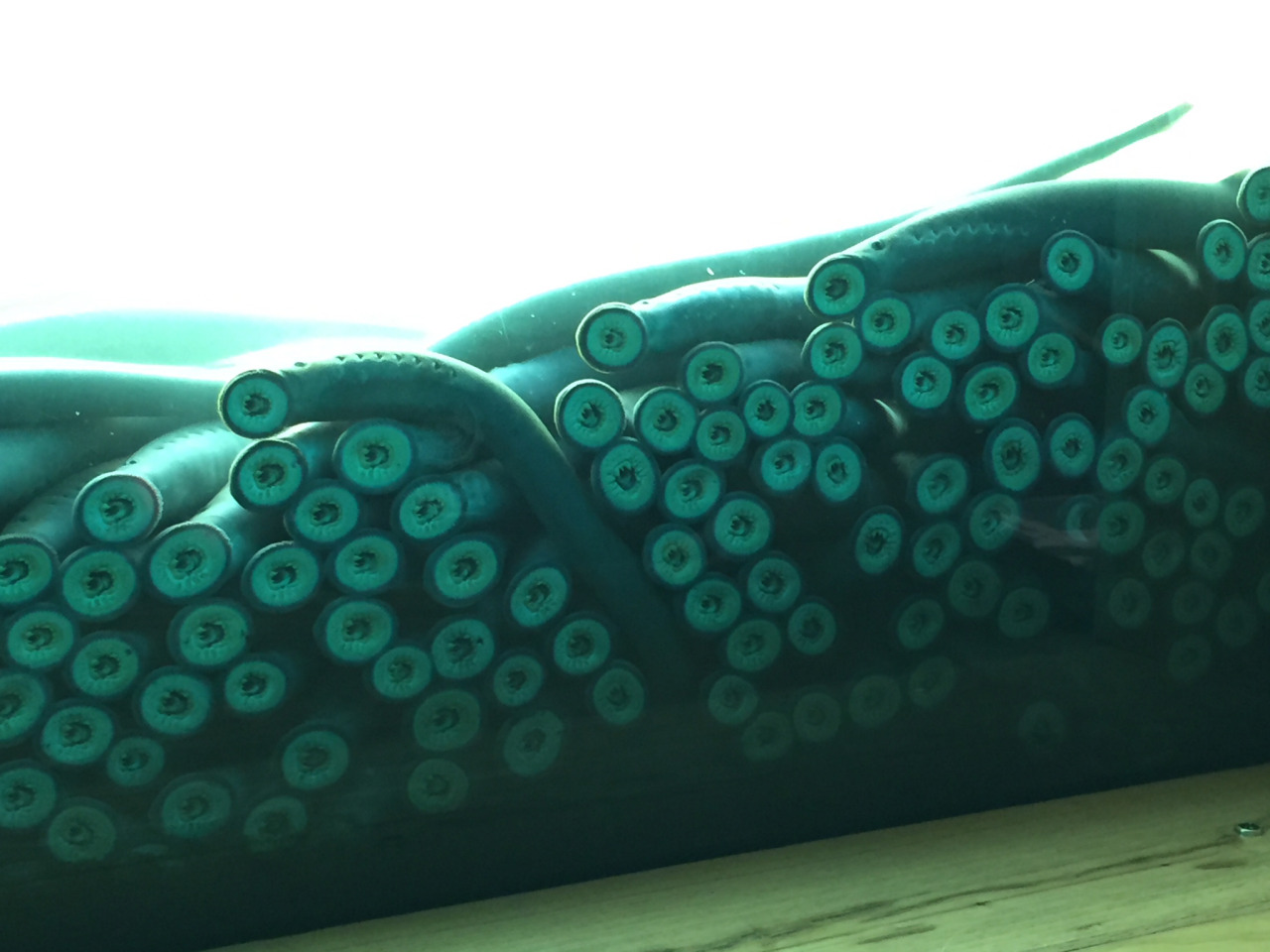Observation of the Week, 6/15/16

This group of migrating Pacific Lampreys seen by @brynlee11 at Oregon’s Bonneville Dam is our Observation of the Week!
Ryan Bueler found out about iNaturalist recently, after hearing @lhiggins of the Natural History Museum of Los Angeles County being interviewed on the Talk Nerdy podcast. (OK, flurry of links complete.) He signed up for an iNat account so he could check it out for himself, but “realized quickly that it would be a fun experience to go exploring with my [5 year old] daughter and get her more in the nature mindset. She has always loved animals, but is a bit more timid with insects.” He and his family will take a trip somewhere or even just explore the yard. “We walk around and I have her point out the insects, animals and plants she sees then I'll take pictures of them,” he says. “Sometimes we don't find anything, other times we get to see all sorts of new things, which provides an opportunity to teach her about a new insect or animal.”
The Bonneville Dam is about 30 minutes from their home, it has places where visitors can feed the fish and watch wildlife, including an observation window into the fish ladders at the dam. It’s here where researchers can also count the fish as they migrate upstream. The ladders were mainly built for salmon and trout, but on the day Ryan’s family visited (see photo below of the girls on the day of the visit), it was covered in Pacific lampreys! He says, “my daughter thought it was amazing and a little scary but still she was excited. I asked her if she wanted to add it to her observations and she said ‘yes!’” She was also thrilled when it was named Observation of the Day.
Like salmon and trout, Pacific lampreys are anadromous, meaning they swim upriver to spawn in freshwater, after living a year or two at sea. Ancient vertebrates, lampreys lack a bony skeleton or even jaws, and adults use their disc-like mouths to latch on to larger animals, where they scrape open the skin and feed on blood and other bodily fluids. Adults do not eat during their migration upstream, and when they reach their spawning grounds, males dig a nest (or “redd”) in the gravel where females lay eggs, which are then fertilized externally by the male. The adults soon die, and once the larvae hatch they’ll spend 3-7 years in freshwater before metamorphosing and swimming to the ocean. Anadromous animals like lampreys and salmon are a vital part of the ecosystem, as their bodies provide nutrients found mostly in the sea.
Pacific lampreys have long been an important ceremonial food source for Native Americans of the Pacific Northwest, but their numbers have dwindled for decades. In 1969, at least 375,000 were counted passing through Bonneville Dam, but that number had dropped to only 6,200 in 2010. One likely reason for this decline is that fish ladders designed for salmon are too difficult for the lampreys to ascend - they were having around a 50% success rate at most dams. Recently new lamprey passages have been added to the dam, designed to let them use their mouths to latch onto nearly vertical surfaces and spring their way up. This restoration effort has been spurred by work from local tribes.

Using iNat has not only changed the way Ryan and his family view nature, he says it has also changed “our family bonding. It allows me to teach my daughter about nature as well as provides me some valuable interaction time with my kids...” For other parents who want to use iNat with their children he recommends “just getting your kids outside and observing...maybe you get lots of observations and maybe you get none but just make it fun.”
- by Tony Iwane
- This page has a nice write-up about lamprey ladders at the Bonneville Dam, as well as footage of Native American tribe members catching lampreys.
- Here are two more articles about lampreys and ladders in the Columbia River, one from the Portland Tribune and one from The Oregonian.
- Members of Columbia Basin tribes talk about the importance of the Pacific lampreys and what they’re doing to help these animals.
- Here are current fish counts at dams along the Columbia River.





Comments
Nice write-up of family time!
Add a Comment